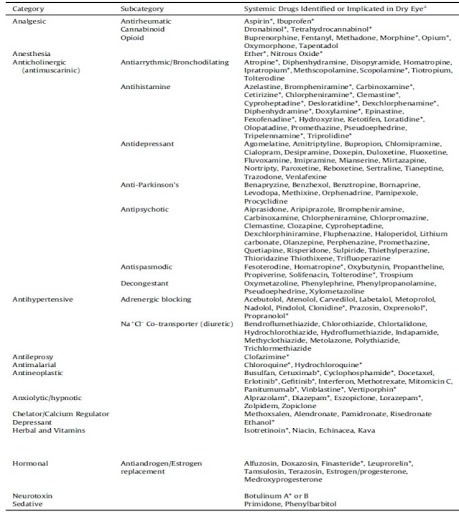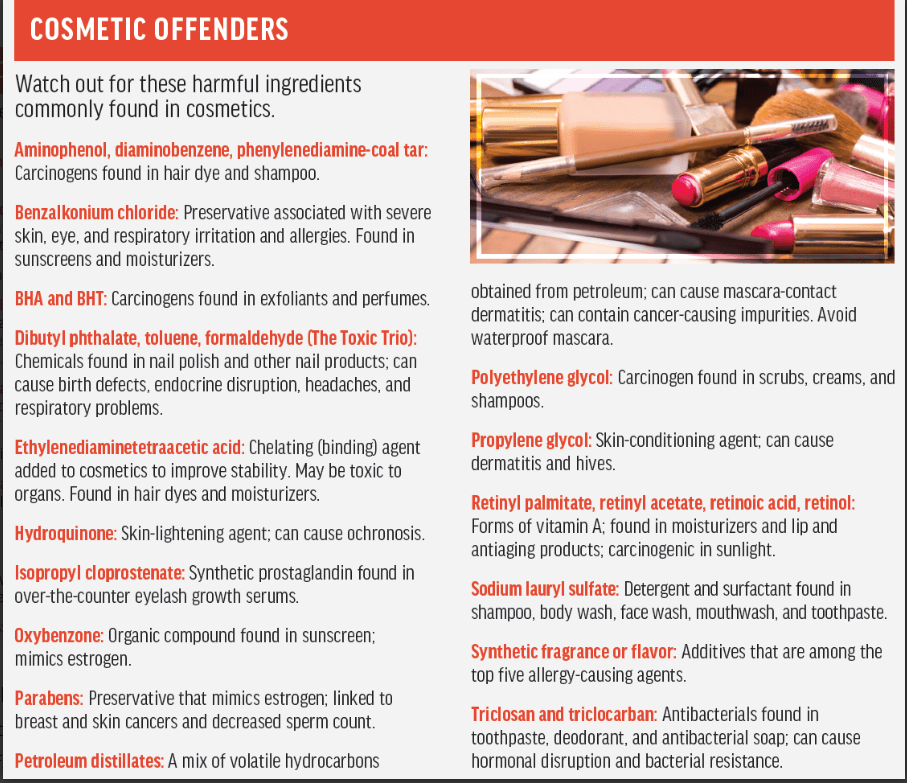Dry Eye Care
Dry Eye Center
Having dry eyes can bring irritation to everyday tasks like reading, driving, and viewing screens. Our Dry Eye Center specializes in identifying and treating the root causes of your dry eye disease. We offer the most effective and advanced dry eye treatments available to restore eye comfort in your day-to-day life.
As your optometrists in East Tennessee, we are experts in examining your eyes for dry eye syndrome and treating them in the best way possible.
Come see Dr. Blake Tarr so that he can design a personalized treatment plan just for you.
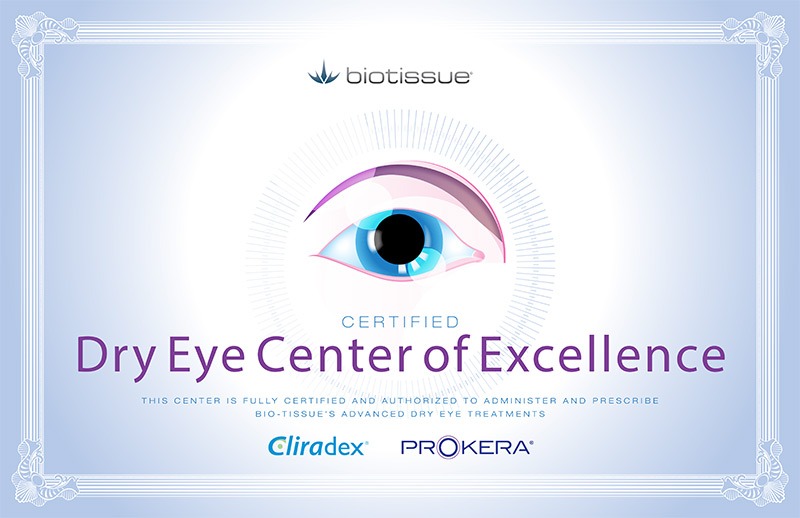
In-Office Advanced Treatments for Dry Eye
Intense Pulsed LIght (IPL)
Intense pulsed light (IPL) therapy is among the more groundbreaking treatments for dry eye. Through pulsating light, this powerful yet gentle technique helps facial skin conditions, and effectively treats chronic dry eye and Meibomian Gland Dysfunction (MGD). MGD is a common cause of evaporative dry eye, which happens when the oil-producing glands of the eyelids (meibomian glands) get clogged. Over several sessions, IPL rejuvenates the healthy production of oils used to keep your tears from evaporating, alleviating uncomfortable dry eye symptoms.
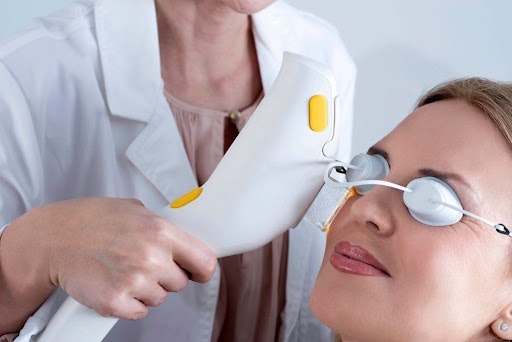

TEMPSURE ENVI RADIOFREQUENCY SYSTEM
The Tempsure Envi Radiofrequency System is an in-office treatment for dry eye and meibomian gland dysfunction (MGD). By gently applying heat and pressure, the Tempsure Envi device helps improve tear quality, bringing relief to your eyes.
Blephex
BlephEx is an in-office treatment designed to clean the eyelids and lash line. This treatment is often used to treat blepharitis, clearing away debris on the upper and lower eyelids. Regular BlephEx treatments can help maintain healthy meibomian gland function.
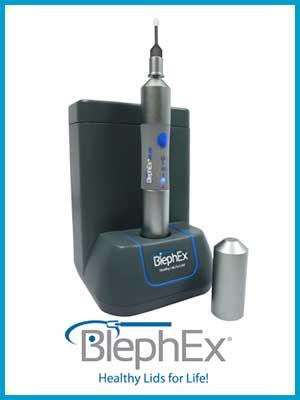
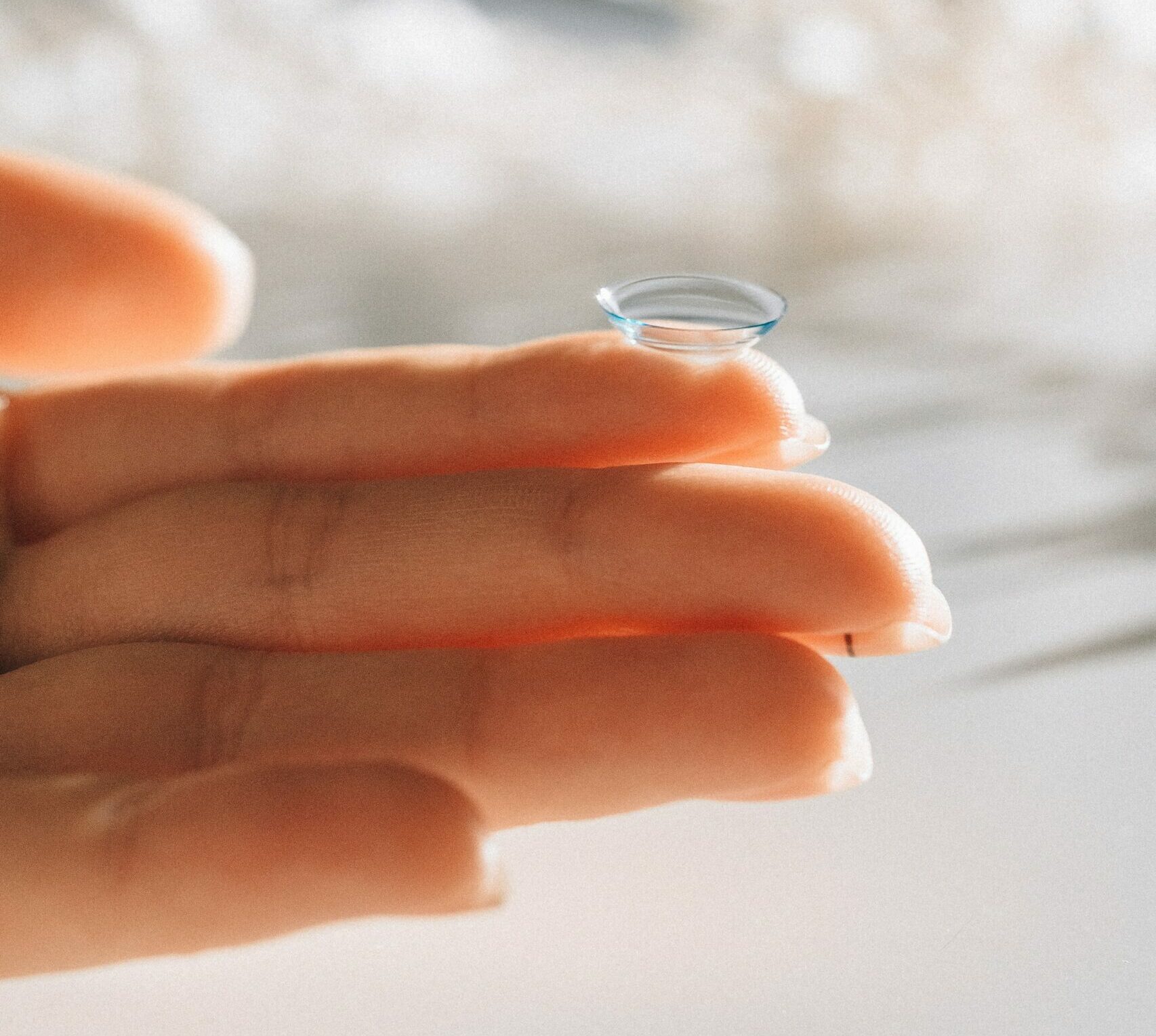
Scleral Contact Lenses
Many patients living with dry eyes may find wearing standard contacts irritating. Scleral contact lenses are an excellent option for those suffering from dry eye syndrome. These lenses will act as a reservoir for the eye, keeping moisture from evaporating from the eye’s surface.
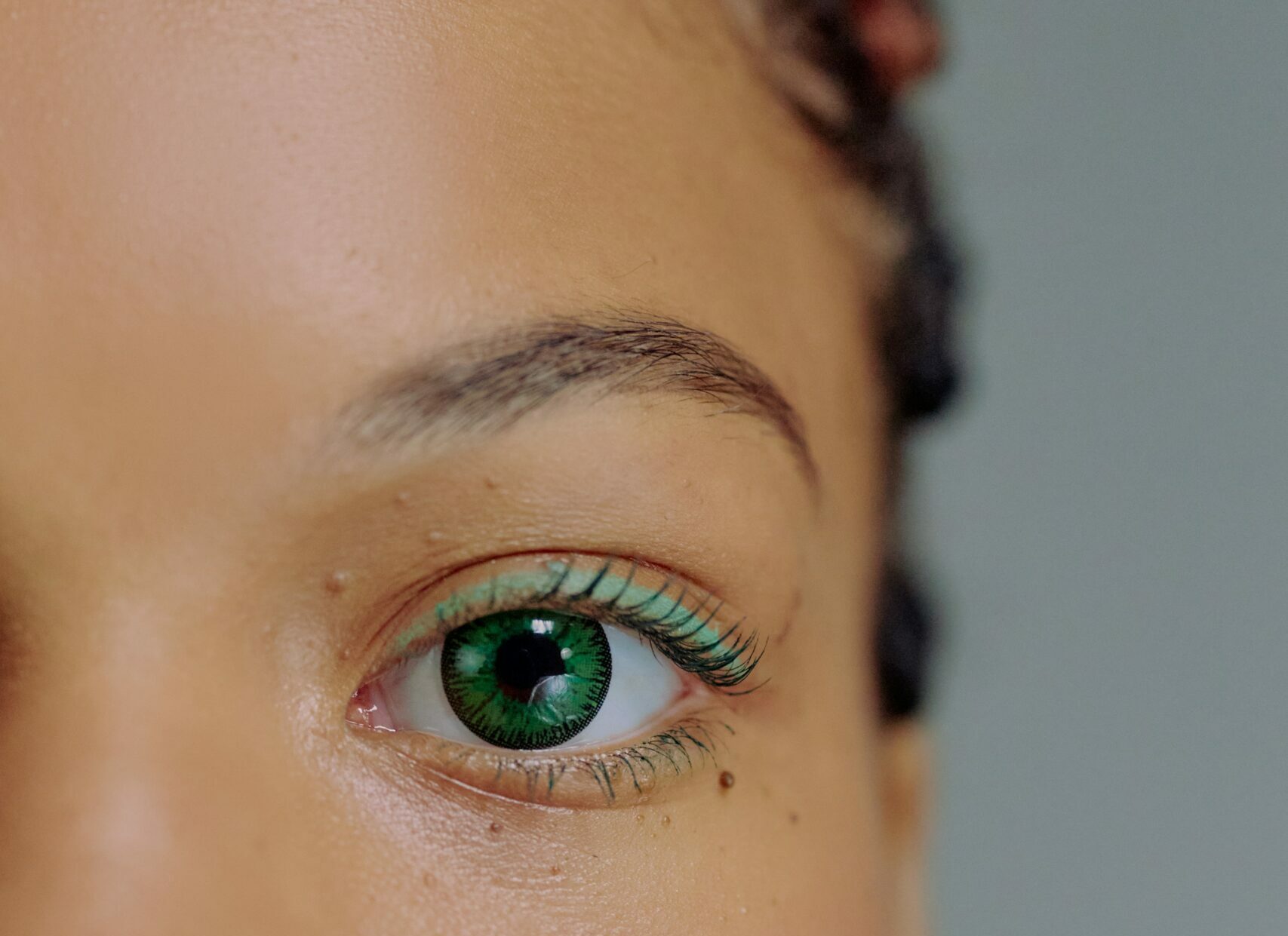
Common Dry Eye Symptoms
- Red, dry, burning and itchy eyes
- Light sensitivity
- Blurred or fluctuating vision
- Overly watery eyes
- Crusty or gunky eyes
- Discomfort or pain with contact lenses
- Discomfort when wearing eye makeup
Get Help for Dry Eyes Today!
If you are experiencing the symptoms above, schedule an appointment in Jefferson County, TN with Dr. Blake Tarr to find out the best solution for you.
Common Causes of Dry Eye
Meibomian gland dysfunction (MGD) is among the leading causes of dry eye disease, and it affects millions of people around the world. Often reported symptoms are watery and burning eyes, blurry or fluctuating, and inability to wear eye makeup or contact lenses.
The meibomian glands secrete an oil called meibum. Meibum (oil), aqueous tear (watery layer), and mucin (mucus) make up the three layers of the tear film. The meibum/oil stabilizes the tear film and prevents it from evaporating too quickly. A healthy tear film is required to keep your eyes moist and comfortable.
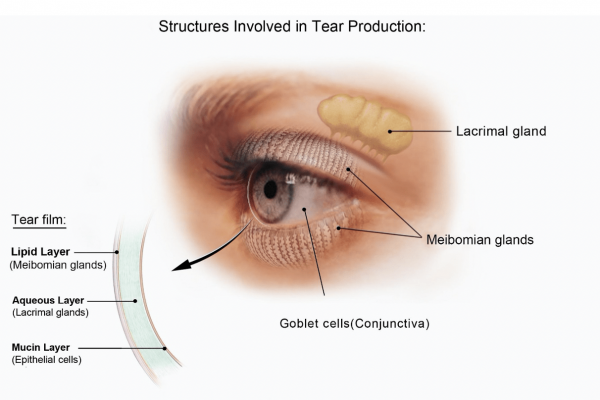
Spending long hours on digital devices (not blinking enough), wearing contact lenses, and using eyelash extensions or false eyelashes can all contribute to developing MGD.
Certain medical conditions can also cause MGD, such as:
- High cholesterol levels and/or systemic diseases
- Hormonal changes
- Conjunctivitis
- Eyelid infections
- Eyelid inflammation (blepharitis, Demodex)
- Skin disease (acne, rosacea, atopic and seborrhoeic dermatitis)
- Refractive eye surgery (LASIK)
Additionally, some medications can cause a reduction in meibum production, such as glaucoma medications, estrogen replacement therapies, and retinoids commonly found in acne medication and anti-aging creams. Check with your optometrist before buying any over-the-counter eye drops. Many OTC eye drops have harsh chemicals or preservatives that can be toxic to the cornea.

We are fortunate to now haveprescription eyedrops. Some work on each layer of the tear film, some increase tear production and others onimproving the quality of the tears. On the day of your exam, please do not use any eye drops and do not wear eye makeup.
Why Choose Dr. Tarr for Dry Eye Treatment?
Dr. Blake Tarr is passionate about helping patients with dry eye disease.
When left untreated, dry eye disease can eventually lead to severely debilitating symptoms
affecting everyday life, including loss of vision. Early intervention is key in managing the disease.
Dr. Blake Tarr is an expert in this field. He founded a nationally recognized Ophthalmic Summit helping train other
eye doctors from all over the United States on how to care for their patients with dry eye disease.

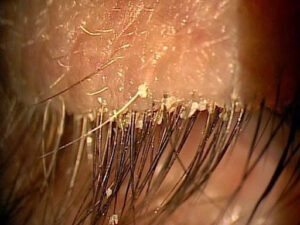 Before BlephEx
Before BlephEx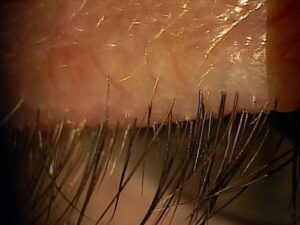 After BlephEx
After BlephEx